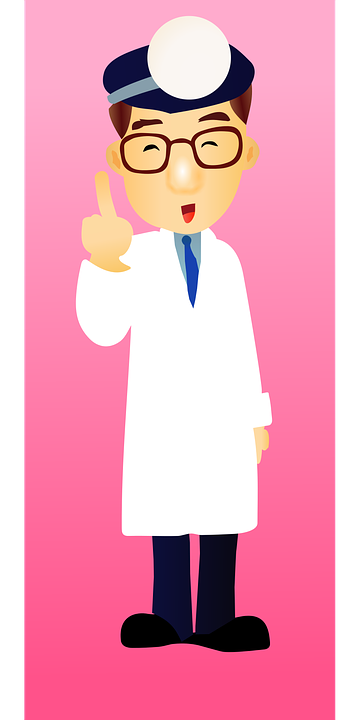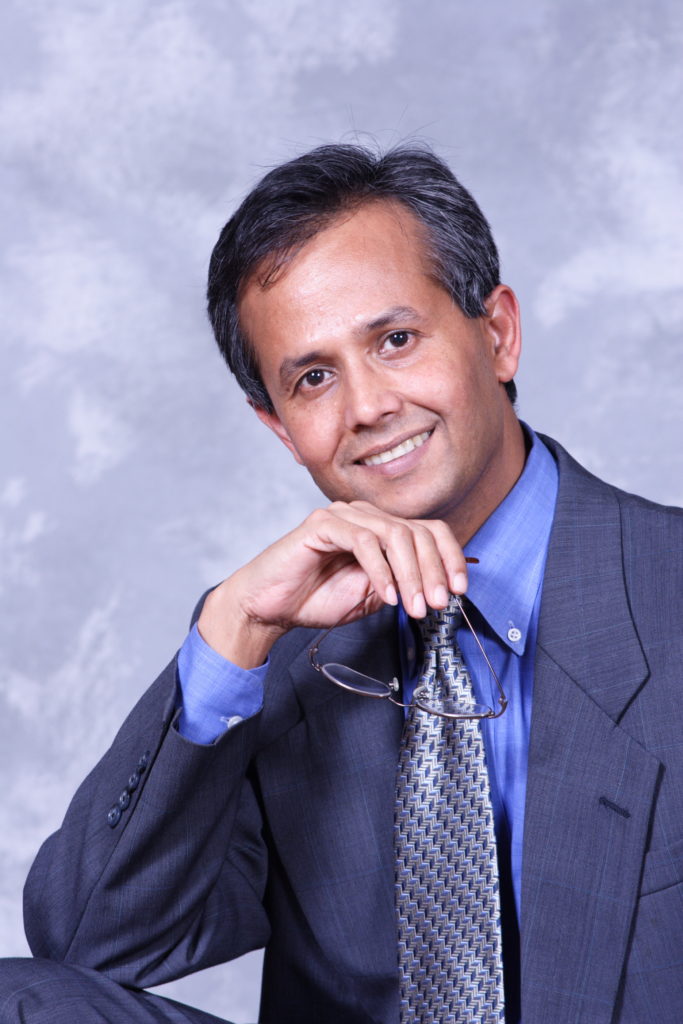Now that we are in the midst of Covid 19 Virus lockdown, for non-emergent consults and follow ups, telemedicine via chat and video technologies are the only options for physicians and patients. In the absence of direct eye contact, how do I, as a physician, connect to patients? This is a tall order even in “normal times” when all the doctor visits are face to face. Lack of connecting with doctors or other providers of care and finding a lack of personal connection is one of the common reasons for dissatisfaction, lack of trust and compliance of the patients.

The very basis of a treatment plan that we are taught from day one in medical schools around the world is “History and Physical (examination)”. In the remote medicine practiced through the technologies, a precise head to toe physical examination is not possible, so history, or better said, story is very important. In my experience, connecting with a patient at a personal level is not only important for the patient, but also for the physician. I always find better job satisfaction in connecting with a patient or for that reason, any human at a very personal level.
In my own practice, after initial few days of struggle and discomfort, I have found a way to connect with my patients in a deeper level. This is very simple: asking them an open ended question to convey the message that I as a doctor am interested in them. So after the initial introduction to each other, I ask them, “Tell me about yourself”. Some of them may not still get my question, since they are not used to this and will go about describing their medical issues. In that case I emphasize, “Tell me about yourself as a human, so I get to know you as a person, tell me where were you born, how was your growing up like, who and what are important to you? What do you do for a living?”
This simple method of storytelling and story listening changes the whole atmosphere and nature of the whole visit. I notice the tone and tenor of the medical encounter change right away. It makes a positive energy flow not only with the patient, but also in myself as a human. Storytelling and story listening are the most unique human attributes of human nature. This is the main reason for the triumph of our species over other species who grew up and roamed together in the plains of Africa for thousands of years according to author and historian Yuval Noah Harari. This is the main reason why millions of us can cooperate together even without intimately knowing each other. So storytelling and listening are the very life-blood of humanity and we need it more so in sickness and more of it when we are sick and vulnerable.
Faced with such an welcome in the physician interview, many of my patients are open to give an immediate feedback. One such patient told me, “I am 71 year old and no doctor ever asked me to know about me!” Another of my patients told me, “This is the first time a doctor showed interest in me as a person”.
In my mind, getting personally connected with a patient has benefits in several folds: 1. a personal connection with the doctors provide better mental satisfaction on the part of the patient, who naturally puts trust the doctor. 2. Patients see better value in their encounter. 3. With such feelings they are more likely to stick by the management plan of the physician. 4. It provides greater job satisfaction for the doctor himself. Physician burnout has been a much discussed issue for several years and this might be one of the ways to reduce the burnout rate. 5. It increases reputation and goodwill of the practice.
Remote Medicine or Telemedicine as it is called popularly, had had a slow start until the Covid 19 pandemic upended everything in our world. Flexibility on patient care and management and keeping an open mind will be crucial now as we embrace or are compelled to embrace the new technologies for delivering patient care. We have to be more creative and imaginative than ever before to get to know our patients and in connecting with them in absence of direct eye contact, touch and feel of the physician.

I just made this comment recently. Please keep up your story telling and listening. I hope to see you on my next “real” visit!
I really like and appreciate your blog post.